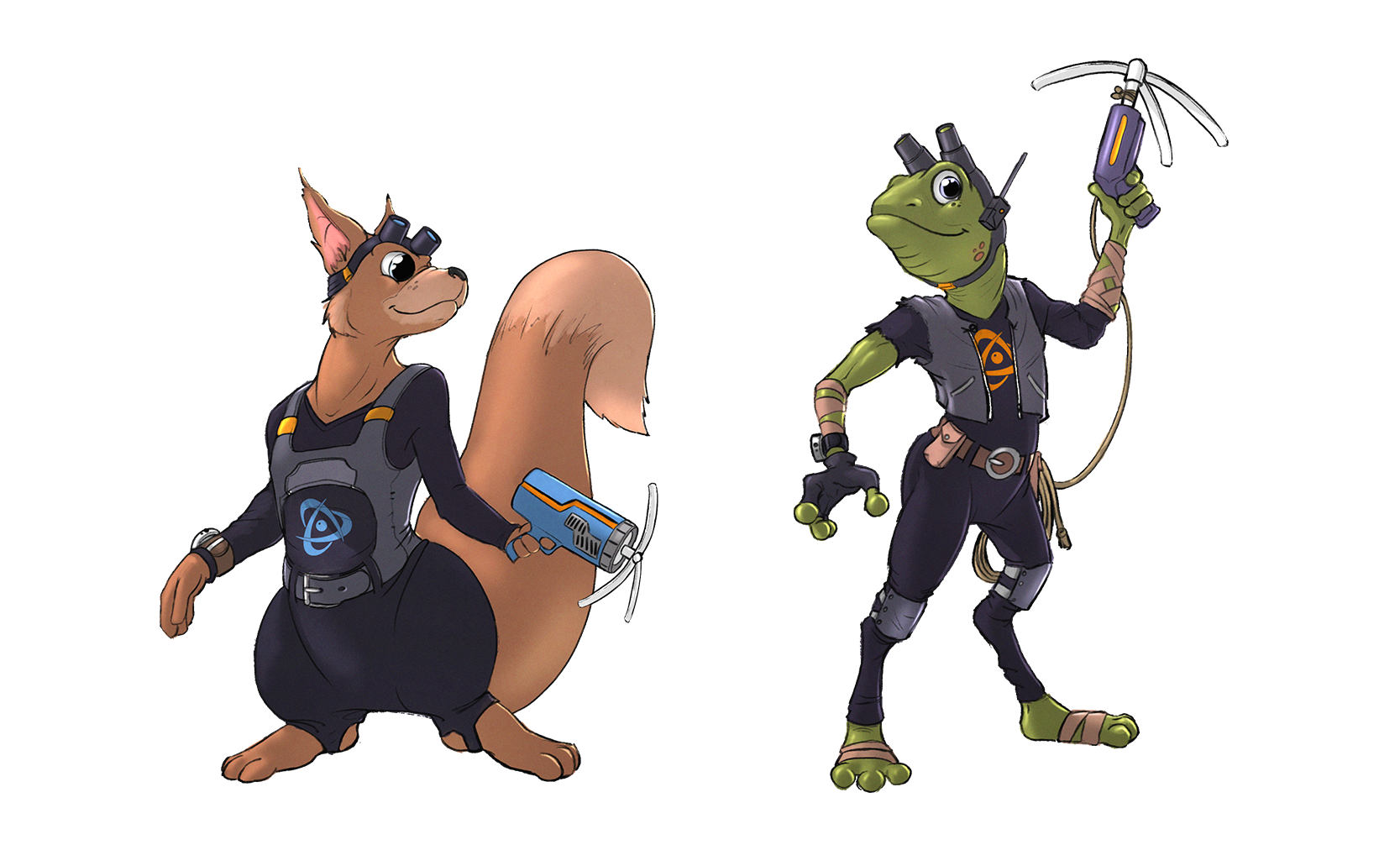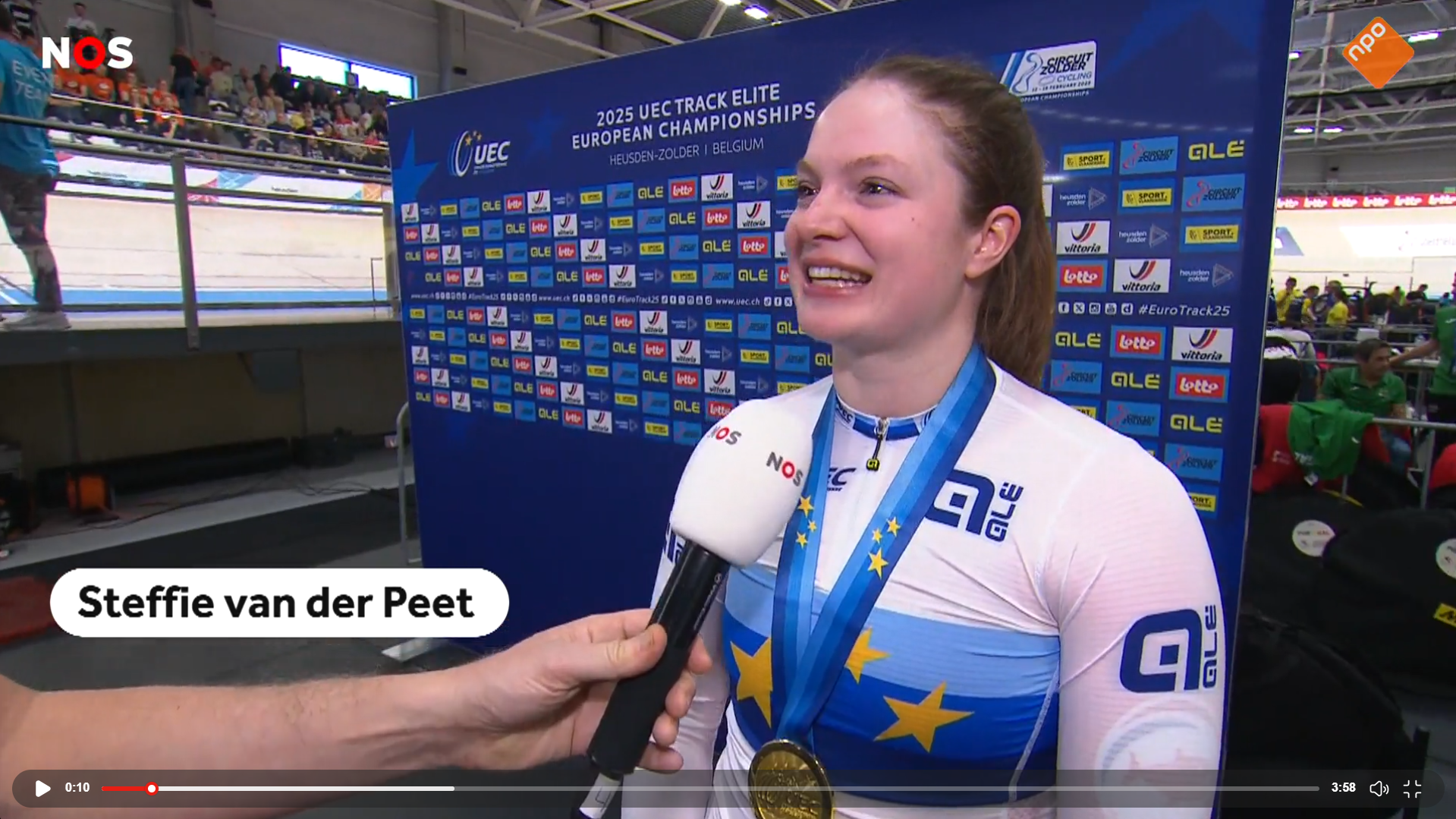If you turn it into a game, people enjoy exercise more and engage in it more readily. Assistant professor Ayla Schwarz researched how gamification can help neighbourhood sports coaches get residents moving.
Ayla Schwarz, assistant professor of Implementation and Engagement in Digital Health, studied gamification apps aimed at getting people moving. ‘Compare it with Pokémon Go, an app that caused a hype in 2016. Thousands of people went out to capture virtual Pokémon in parks and high streets. Although the Pokémon app was not developed with the aim of promoting health, the game did get people moving. The purely scientific apps, based on theories of behavioural change, are often no fun at all. I studied how we can develop games that make good use of scientific knowledge, and that people will be keen to play.’
Schwarz recently published a study for which she talked to 25 neighbourhood sports coaches about the use of gamification in their work. ‘A neighbourhood sports coach is tasked by the municipality with motivating people – especially children – in the neighbourhood to get some exercise. They know the children well and see them regularly. If they build gamification into their programmes, theoretically, we can make a lot of young people much healthier,’ says Schwarz. During the interviews it turned out that the sports coaches already make use of elements of play, such as giving children points for taking part in an activity, but that they didn’t see that as gamification and didn’t make strategic use of it.
Treasure hunt
When people think of gamification they often think of big, expensive screens or technology, explains Schwarz. ‘That’s not necessary at all – it can be very simple things like lots of small tasks with which you can earn points or badges.’ She mentioned the app MissieMaster, which was developed for neighbourhood sports coaches and children. ‘With this app, the sports coaches can easily create tasks with which children can score points. An example would be designing a GPS treasure hunt in the neighbourhood, or getting them to take part in a boxing training session at a club, thus improving the skills of the character they are playing. Then you combine the digital and the physical word in an accessible, playful way.’
A major stumbling block for the neighbourhood sports coaches proved to be their lack of knowledge about what gamification tools are available and what you can do with them. There were financial constraints too. Schwarz: ‘There are rarely any subsidies available or it is not clear how you can apply for a subsidy for an app or another tool.’ Her research also revealed that there is often nobody who takes responsibility for making the municipality aware of the uses of gamification, which makes it harder to get initiatives of the ground, so they remain ad hoc [E1] .
Although Pokémon Go was not aimed at promoting health, the game got people moving.
The sports coaches themselves do see the potential for gamification. ‘They expect that if they used gamification tools, they could activate target groups that they otherwise find quite difficult to motivate. And they are open to investing time in it.’ On the basis of their research, Schwarz and her colleagues have drawn up some recommendations. ‘We think gamification will be used more if a clear overview is available of the tools, the way they can be used, and the available subsidies. A gamification network – of people both within and outside your own organization – can help with that. Also, the responsibilities of neighbourhood sports coaches should be more clearly described, and municipalities should offer supervision when promoting gamification.’
Summer parties
‘Gamification can work well for getting people enthusiastic about physical activities, if it is used well,’ says Schwarz. And that is precisely what doesn’t always happen. ‘New games are developed all the time, but a lot don’t go anywhere because the technology behind them doesn’t work well, or people quickly lose interest in them.’
Pokémon Go was supported by a big marketing campaign. ‘Developers invested a lot in publicity for the game. Health initiatives don’t have that kind of money, and that impacts the chances of success.’
But that doesn’t mean that such initiatives don’t stand a chance. ‘Some municipalities make systematic use of MissieMaster or similar gamification apps. They bring the app into every event: at summer parties or local sports matches, for instance.’
Gamification has a negative image, Schwarz adds. ‘People are quick to think: yet another app – that just means even more screen time for children. That was a common criticism of Pokémon Go too, as users were on their mobiles continuously to track down the Pokémon. There were stories about children falling into water or narrowly missing traffic accidents because they were staring at their screens so much. If an app that aims to make you get more exercise requires you to stare at your screen nonstop, then obviously you’re missing the mark.’
Schwarz hopes to improve on both the enjoyment of the users of gamification apps, and the health benefits of the apps. ‘To achieve that, we must first research what it takes to use such apps well. Only when an app is well-designed and is then used correctly by the target group, can we judge its effectiveness,’ she concludes.

 An image from the MissieMaster app, which was specially developed by and for neighbourhood sports coaches. Coaches can use the app to create simple tasks with which children can score points. A GPS treasure hunt through the neighbourhood, for example.
An image from the MissieMaster app, which was specially developed by and for neighbourhood sports coaches. Coaches can use the app to create simple tasks with which children can score points. A GPS treasure hunt through the neighbourhood, for example. 

